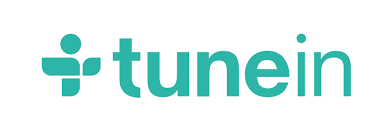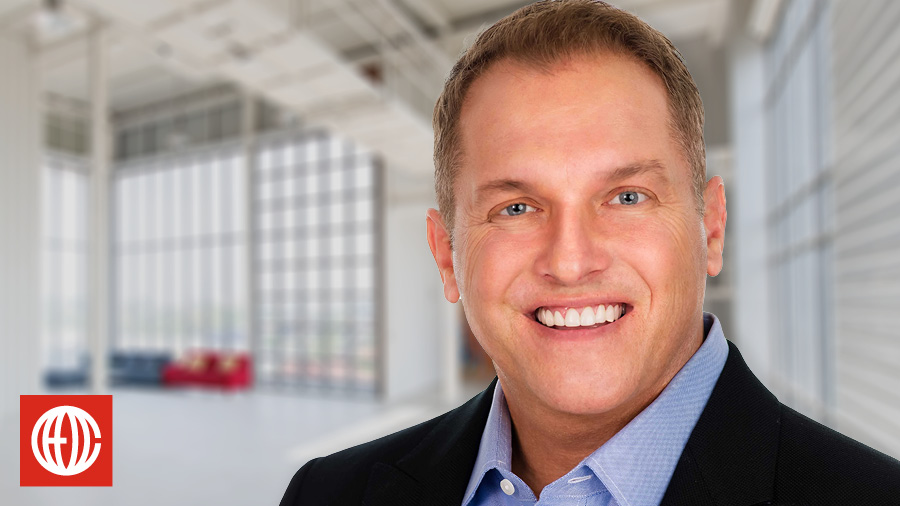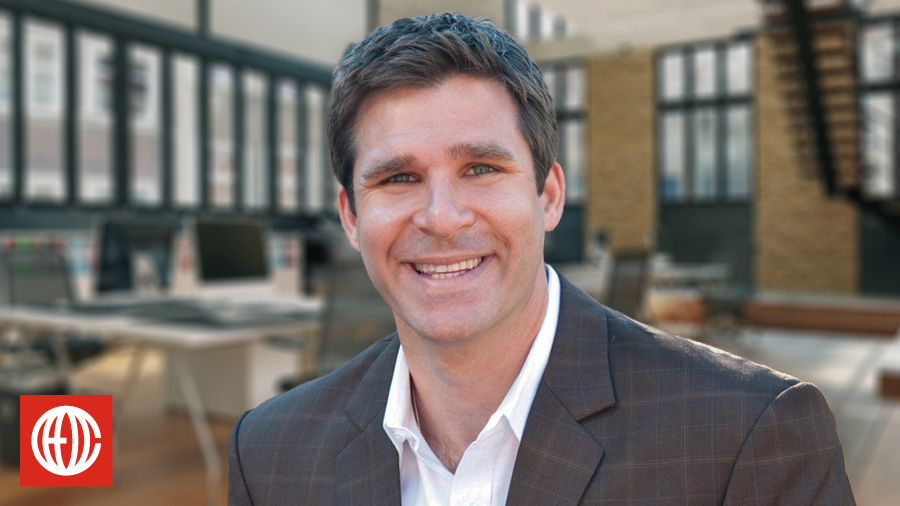4 Tools and Strategies to Succeed in Scaling Your Company
Guest: Douglas DeBoer, a coach at CEO Coaching International. Douglas is a three-time CEO with extensive experience leading companies to strong growth and monetization outcomes. He has led companies and brands in the USA, China, and Asia-Pacific, including Domino’s Pizza, General Mills, Dunkin’ Donuts, Baskin-Robbins, Colgate-Palmolive, and Unilever.
Overview: There’s a point in every growing company’s lifecycle where you’ve achieved product-market fit and it’s time to scale your business and expand your executive team. At this moment, a growing business is staring at both maximum opportunity and maximum risk. Try to grow too fast without the right people in your C-suite, and you could “grow broke.” Aim too low and you might be missing your moment to achieve something really BIG.
On today’s show, Douglas DeBoer walks us through his four-part framework for effectively navigating these critical moments and scaling your business.
1. Understand the founder’s goals.
“A lot of times there’s a goal on how large we want to make the business,” Douglas says, “and there’s a vision around that. But financial goals, as well as the personal legacy goals for the founder, many times are not clear. Knowing these helps to clarify how you build your company.”
For example, if your goal as a founder CEO is to lead a business toward a profitable exit, you might prioritize building a robust management team that can continue to operate the company once you’re no longer in charge. A hired gun CEO who’s shepherding a family-run business will need to understand the founder’s succession vision and balance the family’s legacy goals against an ideal growth trajectory.
“There’s two types of owners,” Douglas says. “One is a founder that’s really building the company as a financial investor. On the other side, there’s people who build a business because it’s their baby. There’s shades of gray between those, but having an understanding of what type of founder that you are really helps drive how you build your business, what types of funding that you get, and what types of people you bring into your business to make sure that you get what you want.”
2. Identify the pillars of growth.
Once the vision for the company is clear, Douglas works with his entrepreneur coaching clients to design a “house” blueprint that will support your goals and align every level of the organization.
He explains, “On the roof of the house is the end goal. That could be, I want to get to a $100-million valuation. I want to help 10 million people improve their lives. The foundation of this house is the core that’s running through the business, whether that’s a core culture, whether it’s a technology that’s driving the business, whether it’s ethics. The pillars are what is holding up the roof on top of the foundation.”
Douglas’ career at Domino’s is a great example of how this blueprint works. To achieve the rooftop goal of surpassing competitors like Pizza Hut and Little Caesars, Douglas says that Domino’s focused on three pillars: domestic, same-store sales growth, international growth, and technology. The competitive advantage these three pillars supported was pandemic-proof: in 2020, Domino’s generated $4.12 billion in global sales.
“Once you’re clear on those pillars of growth, that’s the gold,” Douglas says, “and the channel that you’ll be able to use to drive your business, and the drum beat that you’ll use to set and drive towards your quarterly and annual goals.”
3. Fill key seats in your future organization.
As part of their vision, many founders and CEO have a target for where they’d like the business to be in three-to-five years. But, to paraphrase Jim Collins, their visions often don’t include a clear picture of who’s “driving the bus.”
Douglas coaches CEOs to fill in those crucial blanks in their leadership teams. “The first step is taking a blank piece of paper and picking the timeframe,” he says. “Usually I like to use 18 months or two years and say, What is the organization that I want to have or I need to have in two years at a size that will match my goals? And then using blank boxes, titles, and responsibilities, build out that unpopulated organization chart. The second step is listing all the key people that you have in your organization, and saying, Who fits, and who doesn’t fit? And specifically, who on this list can do these roles in two years? Who can do it now? Who can be developed into these roles? And if they fit, you put them in the box. And then once you have that organization chart, you have some boxes filled in and some not filled. Over the next 18 months to two years, you can build those chess pieces on how you hire from the outside, how you develop on the inside, and populate that org chart to get to where you want to go.”
The beauty of Douglas’ approach is that it balances long-term perspective with the need for short-term action while taking emotion out of the equation. If you can’t find a place for a popular team leader in your 18-month vision, you can start taking steps to develop, redeploy, or replace that employee tomorrow. And if you see an empty chair in your future that no one in your organization is ready to fill, you can start working on a timeline for getting the best person in that seat.
Douglas says, “I subscribe to prioritizing hires and, ‘I need to hire this person by this date,’ so that one can go out either through your network or through recruiters and set up that process early. You can think about the funding and the salaries that you can give. There’s a bit of science on prioritizing, but there’s a bit of art where you can have an opportunity to hire as well as long as you are very clear about where I want to be in my organization and my organizational chart in two years.”
4. Consult experts.
One of Douglas’ favorite lines of questioning for his entrepreneur coaching clients is, “If you could talk to anyone, who would it be? As you’ve set your pillars of growth, who is world-class in those things? How far would your company leap forward if you could ask a few questions about where you’re struggling, or bring in somebody to help consult on some specifics?”
No matter what challenges or pivotal decisions your business is facing right now, there’s someone in your space who has faced a similar challenge. And if you’re self-aware enough as a leader to acknowledge your weaknesses and where you need help, there’s a consultant, a former CEO, or an entrepreneur coach who has that vital piece of knowledge or experience you need to make BIG happen.
Top Takeaways
1. Reach out to someone who’s done it before. Learning from the successes and failures of other business leaders and coaches can help you jump an S-curve and get where you want to be quicker.
2. Perfect your pillars. You’ll never realize your vision without measurable, actionable growth drivers.
3. Start building for tomorrow now. See the company you want to have and recruit the people you need to help you run it.
About CEO Coaching International
CEO Coaching International works with CEOs and their leadership teams to achieve extraordinary results quarter after quarter, year after year. Known globally for its success in coaching growth-focused entrepreneurs to meaningful exits, the firm has coached more than 1,500+ CEOs and entrepreneurs across 100+ industries and 60 countries. Its coaches—former CEOs, presidents, and executives—have led businesses ranging from startups to over $10 billion, driving double-digit sales and profit growth, many culminating in eight, nine, or ten-figure exits.
Companies that have worked with CEO Coaching International for two years or more have achieved an average revenue CAGR of 31% (2.6X the U.S. average) and an average EBITDA CAGR of 52.3% (more than 5X the U.S. average).
Discover how coaching can transform your leadership journey at ceocoachinginternational.com.
Learn more about executive coaching | Meet our world-class coaches








